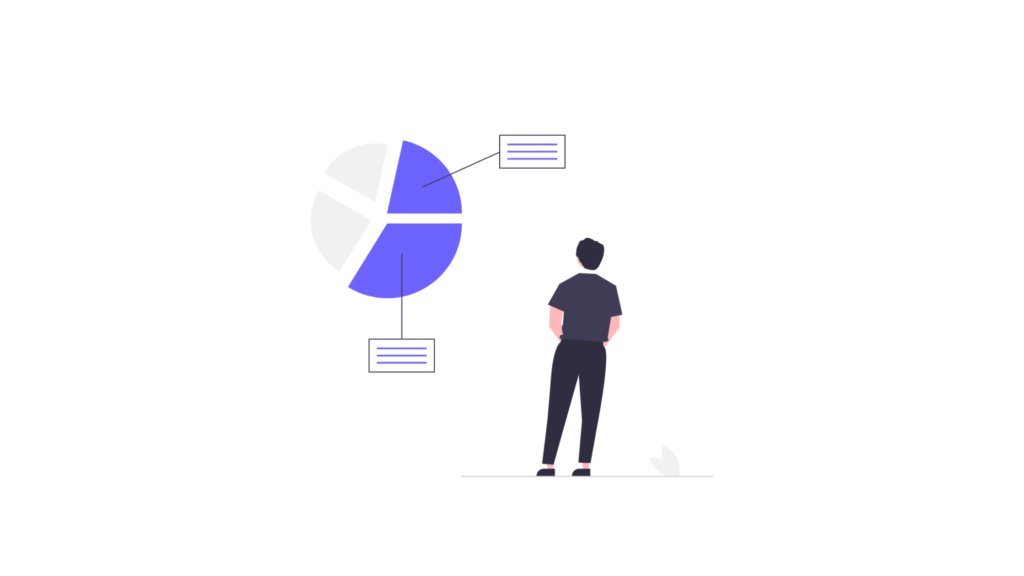Running an online retail business is an exciting venture. But choosing an e-commerce sales channel to sell on is not an easy task. Sellers are sometimes torn among the variety of such platforms. But there is an option to make this issue easy. Integrate several and enjoy various experience simultaneously. For example, a suitable variant is synching Shopify with Etsy via integration.

Shopify and Etsy Integration
Where to sell on: Etsy or Shopify? Countless sellers come across the question. And as already mentioned, there is a variant of choosing both at the same time. Using Shopify inventory integration with Etsy has both its pros and cons. The 2 channels are well-known with shoppers and merchants. Throughout the world, people invest money, start businesses and sell products. Thus, let’s dig deeper to see if all that really worth it?
Etsy: Pros and Cons
You are a business holder who aims to sell products online. And you probably know that there are various sales platforms to select from. Etsy is one of them. It allows listing products and selling them successfully.
What do you need to do? Simply register via email, agree to the terms and conditions of the platform, import your listings and start selling. One thing to remember is competitiveness. This platform offers a wide range of users. Nowadays, there are 1.7 million sellers and more than 33 million buyers.
Etsy: Pros
- Traffic: Etsy, as an open e-commerce platform, supports customers with checking opportunity for any item they want. It means that the platform traffic level is very high. Accordingly, promotions and marketing campaigns are not necessary. The popularity of the sales channel is enough.
- Cost: One of the best pros of Etsy is that it charges only product listing and transaction fees. Etsy does not take any additional expenses (like the monthly fee or subscription fee). However, monthly payments can work only in case of upgrading a seller plan.
- User-friendliness: The sales channel of Etsy is very, very simple to set up. As already mentioned, the steps are: sign up with your email, upload item images, write the product descriptions and enjoy selling. Due to this simplicity, Etsy has become one of the most user-friendly websites among its sellers.
Etsy: Cons
- Category restrictions: in the marketplace of Etsy, there are mainly niche-oriented goods. It is primarily for craft and vintage items and handmade goods.
- Restricted creativity: On Etsy, it is pretty tricky to build a brand image. It’s because branding, layout, design and other creative features are limited. You can only use your logo.
- Charges: Etsy requires 0.20USD as a listing fee and 5% of each item sold. Sellers should also pay 3% and 0.25USD as a processing fee.
Shopify: Pros and Cons
Shopify is another giant in the world of e-commerce. Millions of sellers build their stores there. Also, Shopify sellers can create templates that are similar to their brands. Another option that can be used on Shopify is storing products’ shipping templates. When the customers place their orders, they appear in the order lists. And admin page can also be changed and customised.
Shopify: Pros
- Advanced tools: the best sales tools in the market you can find on Shopify inventory. As for tracking, marketing experts can easily see all the data regarding stock levels and other inventory management tasks with the help of third-party tools, like eSwap.
- No product restrictions: On the Shopify platform, there is an opportunity to sell a bulk product and services. Shopify doesn’t have any product type restrictions.
- Management: Product management can be carried out with the help of Shopify solutions. Anyway, we suggest using third-party software. eSwap supports Shopify and also Etsy integrations. You can always maintain the appropriate amount of inventory and stock.
- Scalability: You can improve your store’s functionality with the help of brand logos and apps. Any kind of business can operate on Shopify with scalable results.
Shopify: Cons
- Exposure is Limited: The traffic on Shopify is not generated that much. Especially when compared to other e-commerce channels. A company’s brand image regarding the store and store products should be created hence by the sellers.

Why use Shopify and Etsy integration?
- All the features that Shopify and Etsy lack can be supplemented with the help of integration. For example, branding and customer loyalty. With the use of syncing Shopify and Etsy inventory, you can do it on Etsy as well.
- Shopify Etsy integration can advance the brand reach and sales.
- Etsy can help in traffic generation, while Shopify alone cannot give such results.
How to integrate Shopify with Etsy?
Both Shopify and Etsy have their unique and specific benefits. And anyway, you can make your online market experience better. This will take place when simply integrating Shopify with your Etsy store. The steps are pretty straightforward.
And the possibility of getting the efficient business running is very high via Etsy and Shopify inventory sync. Let’s see how.
- At the very beginning, group those items you want to move to Etsy. One important note is not to mix those products that should be only sold on Shopify. Free stock control software like eSwap give the option to synchronise various items on a different platform in one.
- If not having an account, create it on Etsy. It’s better to name as your Shopify store’s name is.
- Set up management software. Especially those that support multichannel management are the best for this. eSwap gives the automation option as well.
- And finally, attach your Etsy to your Shopify. Do it via exporting products and getting the data in real-time control.
Are you still concerned with the question of whether integration worths it or not? Our answer is yes, of course. Especially when you can benefit from using Etsy and Shopify integrations together from a single eSwap dashboard.







